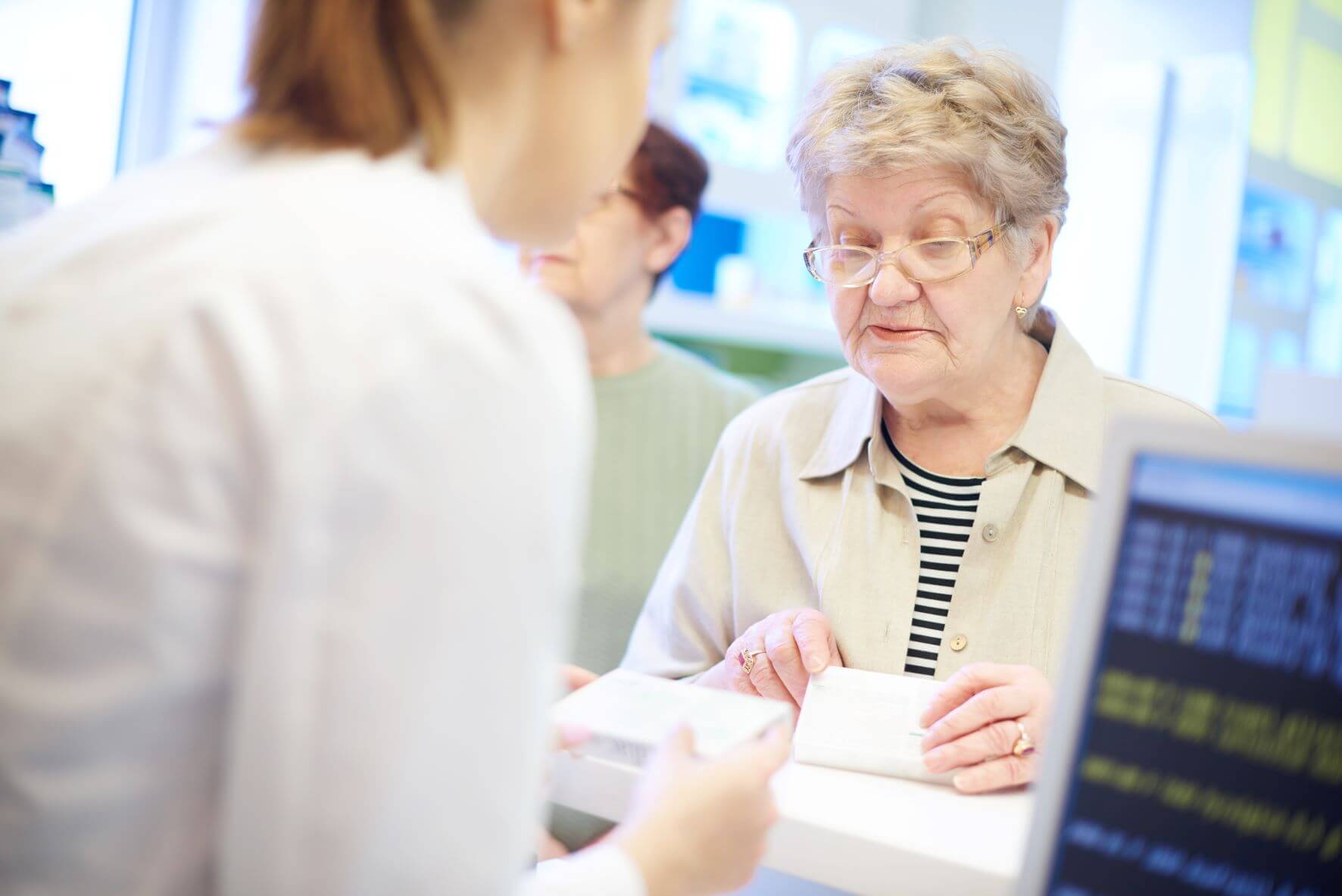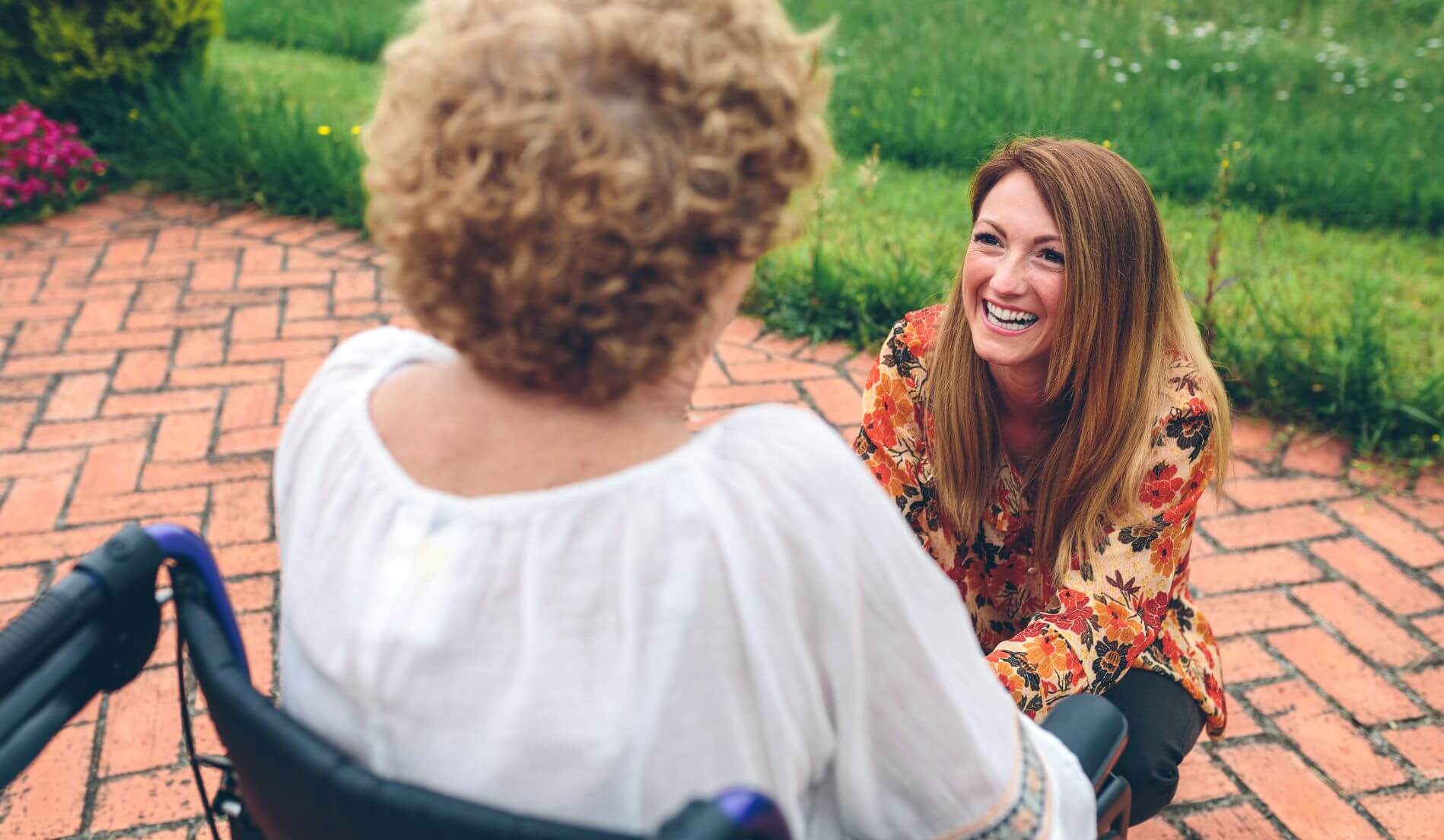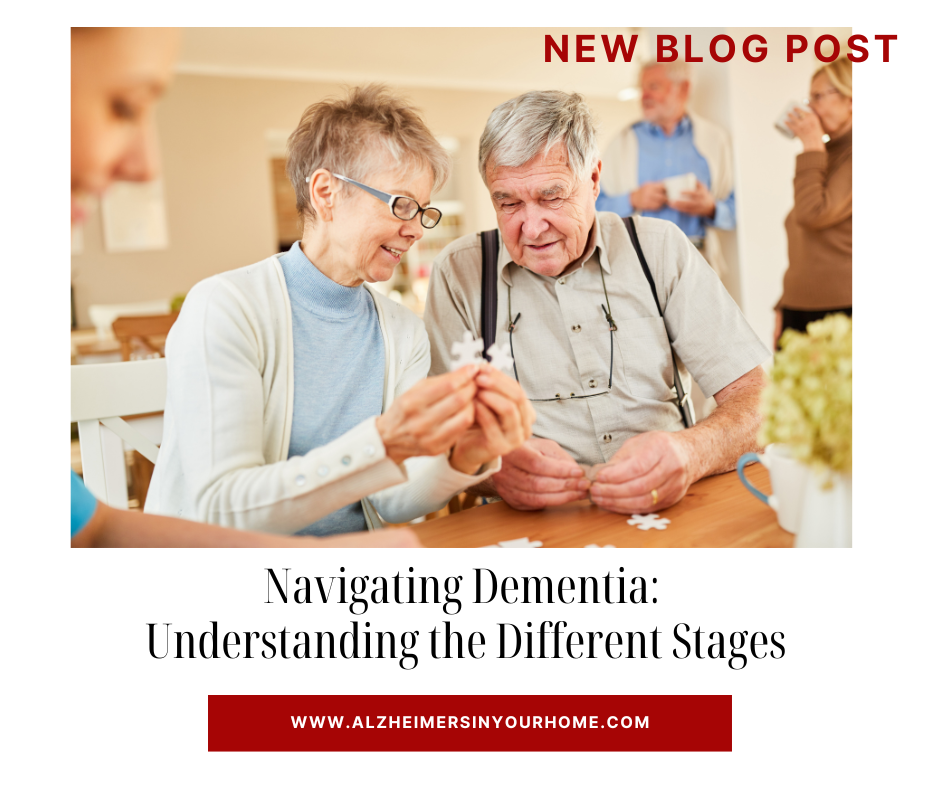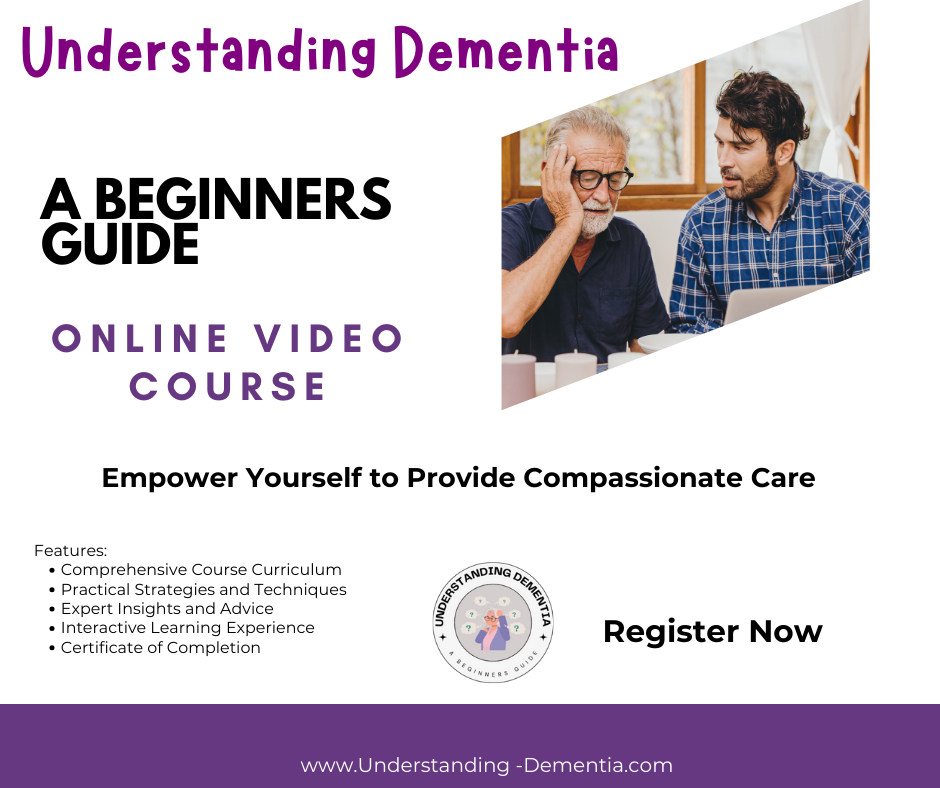What Does It Mean to Be Dementia Friendly?
One day, while standing in the checkout aisle at the grocery store, I noticed an older woman in front of me having a little trouble using her credit card in the machine. She seemed confused and was moving slowly. My first thought was, “Maybe she has early dementia and is struggling to figure this out.”
The cashier, looking frustrated, was trying to rush her through the transaction. Recognizing the situation, I smiled at the cashier and said, “No worries, take your time, I’m not in a hurry.” I then started a friendly conversation with the cashier to help ease the tension. Eventually, the woman completed her purchase, smiled at me, and walked away.
Later, I thought about how differently that moment might have gone if I hadn’t been there to help calm the cashier’s frustration. Would the woman have felt embarrassed or stressed? It made me wonder if the store trained its staff on how to assist customers with dementia or even recognized the signs of it.
When people think of dementia, they often imagine someone who’s very old and completely unaware of what’s happening around them. But the truth is, many people with early dementia continue living pretty normal lives, just with a few extra challenges here and there. They may need more time to process things, but with patience and understanding, they can stay engaged with their communities for many years.

Many people with early Dementia can take care of themselves.
When people think of dementia, they often imagine someone who’s very old and completely unaware of what’s happening around them. But the truth is, many people with early dementia continue living pretty normal lives, just with a few extra challenges here and there. They may need more time to process things, but with patience and understanding, they can stay engaged with their communities for many years.

What Is a Dementia-Friendly Community?
Being “dementia-friendly” means creating environments that support people living with dementia and their families. It’s about understanding the disease, reducing the stigma, and helping people with dementia live as independently and fully as possible.
A dementia-friendly community is one where people understand dementia and know how to interact with those living with it. For example, let’s say a restaurant server notices her customer is struggling to read the menu or is unsure about placing their order. Instead of getting impatient, she calmly offers help, speaks clearly, and gives the customer plenty of time to decide. These small gestures can make a huge difference and help that person feel more comfortable and less anxious.
In many places, we’ve made changes to support people with physical disabilities—like installing ramps and accessible parking. But what about those living with cognitive challenges, like dementia? How welcoming is your community to someone who might get confused or need a little extra time to complete a task?
Where Did the Dementia-Friendly Concept Start?
Over 55 million people worldwide are living with dementia, and that number is expected to grow to 139 million by 2050. Japan recognized the importance of this issue back in 2004. They created a 10-year plan to raise awareness about dementia and help their communities become more understanding and supportive of people with the disease. They even launched a 90-minute seminar that taught people the basics of dementia and how they could help.
Since then, the dementia-friendly movement has spread worldwide. Many countries, including the U.S., have started programs to make communities more welcoming for those with dementia. Find more international information HERE
Why is becoming Dementia-friendly so important?
Most people with dementia live at home and still interact with their community, whether it’s at the grocery store, the bank, or the doctor’s office. But people often fear what they don’t understand. By educating ourselves and others about dementia, we can break down that fear and stigma.
Learning what dementia looks like, how to respond in a kind and patient way, and how to offer support can make life easier for people living with dementia and their families. Imagine how much better the world would be if, instead of frustration or impatience, people were met with understanding and compassion.

How Can You Help Make Your Community Dementia-Friendly?
The first step to building a dementia-friendly community is education. You can start by learning more about the disease yourself. Becoming a Dementia Friend is one great way to do that! The Dementia Friends website has lots of helpful videos that show how people working in different areas of the community can support those with dementia. For example, a bank teller might learn how to handle a situation where someone with dementia is struggling to understand a transaction.
Programs like these are growing around the world, and more communities are becoming dementia-friendly every day. But there’s still a long way to go, especially in the U.S. You can check to see if your state has a Dementia-Friendly program and get involved.

Here is the link to Dementia Friendly America https://www.dfamerica.org/
Here is the Dementia Friends website, which has some good videos for those working in different community areas. https://dementiafriendsusa.org/
Conclusion: Let’s Make a Difference
Dementia affects people from all walks of life, and currently, there’s no cure. But what we can do is help make life a little easier for those living with the disease. By becoming more aware, more patient, and more compassionate, we can create communities where people with dementia feel supported and understood.
You don’t need to be an expert to make a difference. Start by becoming a Dementia Friend, educating those around you, and supporting efforts to make your community more dementia-friendly. Together, we can ensure that people with dementia are treated with the kindness and respect they deserve.









0 Comments